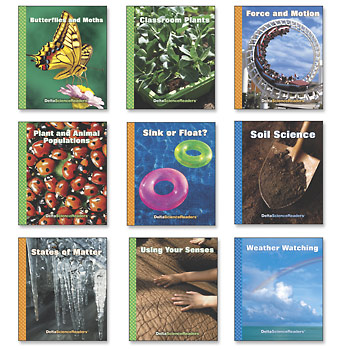Non-Fiction Reading and Science
Science and Literacy Connections: Part 3
Written by: Tracy Lavallee, Exemplars Science Consultant

Help your students think and communicate like a scientist.
In addition to conducting experiments and investigations, scientists also spend time researching, reading scientific papers and texts, writing, and communicating their data to other science professionals and communities. This integration of science and literacy is natural for scientists and can be for our students, too!
Using non-fiction texts and articles to supplement and enrich your science units is a great use of time, and helps foster stronger reading comprehension skills. And, students gain scientific knowledge at the same time!
Rich and authentic science tasks are an essential part of this. The science processes and content are necessary to ensure an authentic literacy experience within the context of science. We can then use literacy as a tool to help students access science content, communicate their ideas clearly and effectively, and apply their discoveries in new contexts and challenges.
As teachers then, our job is to help students learn the skills to become good scientists, which includes being effective readers and writers.
Students understand science concepts more deeply, and with more confidence, when they have opportunities to use scientific vocabulary and connect text learning to their hands-on investigations. This can also motivate our students to learn more.
For example, if they’re investigating motion in science and have a question about how roller coasters work, bring out the informational texts! Ask your librarian to help find engaging and exciting informational books for whatever science topic you are investigating.
Science learning can also provide many opportunities for teaching and practicing literacy standards; such as critical reading skills to help understand informational texts. These include the text features that help readers navigate the text, note-taking skills, summarizing, paraphrasing, and utilizing evidence from the text to support their claims.
Science is rich with literacy connections just as literacy is rich with science connections. Both science and literacy can grow and thrive when there is a meaningful and real-world context for learning.
Science Exemplars tasks include ideas, tips, and resources for integrating reading and writing with science. How can we help you bring more science and literacy into your classroom?
Here are some resources for non-fiction science books:


